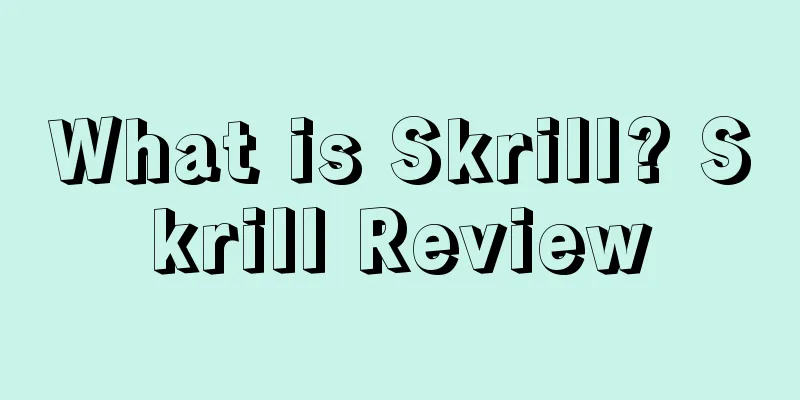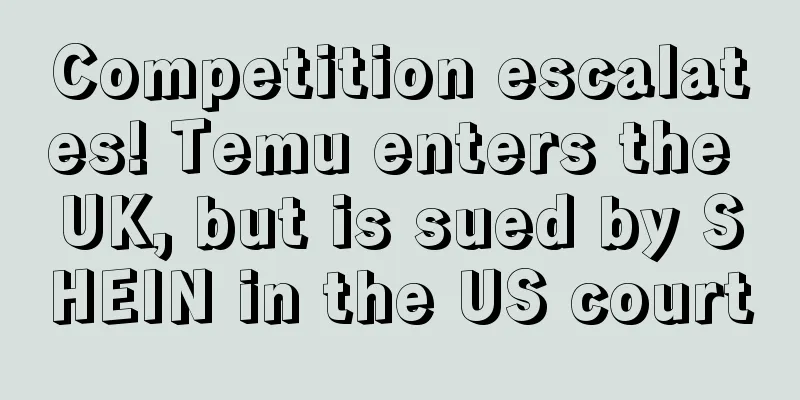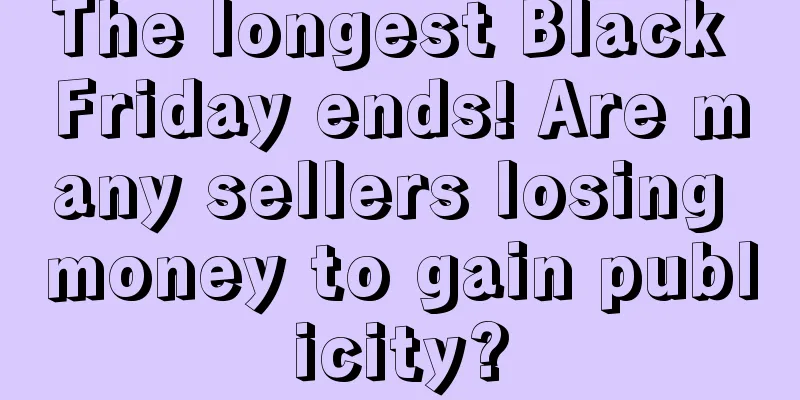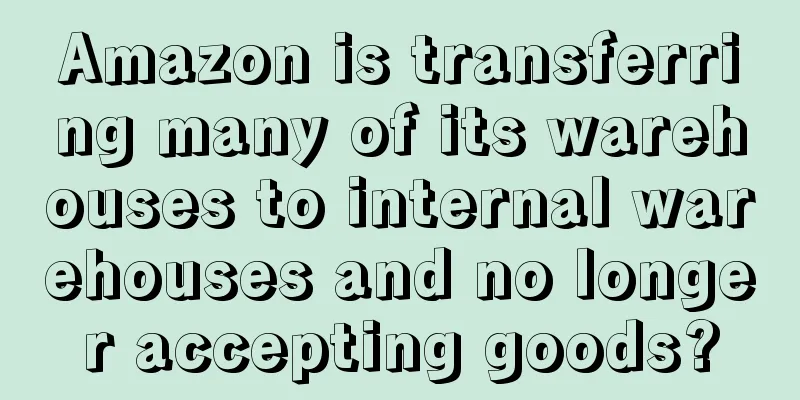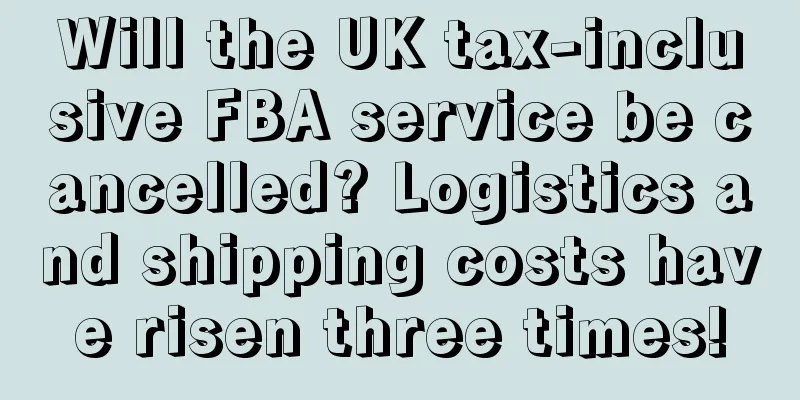Scary! A large number of Amazon sellers received removal letters! Was it a mass message or was there something else going on?
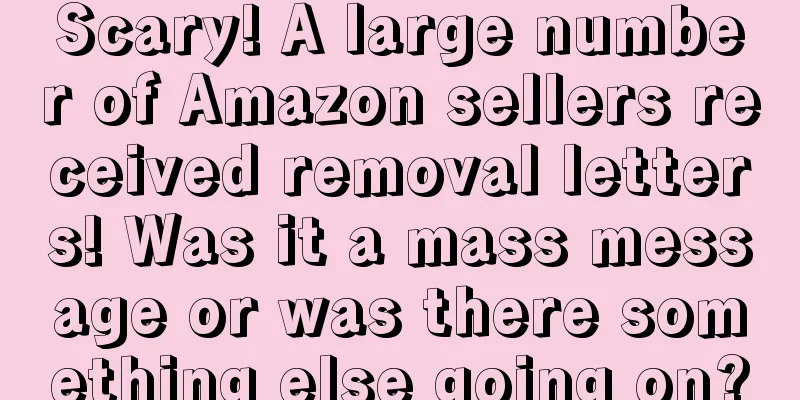
|
This morning, an emergency occurred in the Amazon community. A large number of sellers reported that they received an official letter of delisting, saying that the seller's product was removed from the shelves because it violated Amazon's policies! The emails were sent to a very wide range of sellers, and almost seven or eight out of ten sellers received them. All the registered and authorized stores were affected. Sellers in the industry began to panic. What on earth is Amazon trying to do? Is it preparing to close stores and remove products on a large scale again? Let’s take a look at what this email actually says. The email clearly stated that the brands of the products of the sellers named in the email were suspected of infringement, and "the brand names used were used to sell a large number of products that infringed on the intellectual property rights of others." It is not difficult to understand from the literal meaning that the brand of the seller's product has such a dark history of suspected infringement. Obviously, this situation should happen more often to authorized brands. If a brand is authorized to be used by multiple sellers, one of the sellers sells counterfeit or infringing products of other brands under the authorized brand name, and then Amazon detects this illegal operation and removes the products from other authorized stores of the same brand. This routine is very familiar. Isn't this the follow-up of the wave of brand joint punishment for fake orders in the first half of the year? If one of the multiple stores authorized by the same brand is suspected of fake orders, the others may be directly dealt with as accomplices. The wave of joint punishment for fake orders in July is still vivid in our memory. At that time, there were even big sellers whose stores died quickly because of cross-licensing brands. Hundreds of stores disappeared overnight. Will this round of joint punishment for infringement repeat the tragic situation at that time? The current situation of a large number of infringement letter incidents According to the feedback collected so far, although the email clearly states "We have temporarily stopped selling the products listed at the bottom of this email", in fact, many sellers who received the email found that these named products were still being sold normally (Active) when they checked the listed products, and had not been removed from the shelves as stated in the email. At the same time, some sellers reported that although they received the same removal letter, there was no product information listed at the end of the email, giving people the feeling that it was a mass email. The last situation is that some sellers have really had their listed products removed from the shelves. Some of their listed products have all been removed from the shelves, while others have only some of their listed products removed. However, what is strange is that even if a product is removed from the shelves due to brand infringement, they can still create new products using this brand. The above are several situations regarding this infringement incident. Overall, the first situation, that is, the products are still being sold normally, is the most common, and only a small number of sellers have been actually removed from the shelves and affected. In fact, this large-scale infringement incident had precursors, and we released the news as early as Monday. The infringement internal review had early signs This Monday we reported that Amazon was about to launch an internal audit, focusing on counterfeit and infringing products. It can be said that this infringement collective punishment email is a centralized handling of some suspected infringing accounts found after the internal audit. Brand collective punishment is just one way of handling. According to Amazon's thinking, brand-authorized products are equivalent to the brand's own products. Once there is a situation of selling counterfeit goods or infringement, it is a very reasonable idea to trace back to all the authorized products of the brand and handle them together. All I can say is that Amazon is moving faster and faster towards full compliance. Whether it is checking fake orders or infringement, they are trying more radical methods to deal with it. We sellers must adjust our business direction in a timely manner to adapt to the ever-changing Amazon environment. In this case, I suggest that if the product is really removed from the shelves, you should make rectifications according to the requirements, modify the illegal information and put it back on the shelves. If that doesn't work, you can move the warehouse and change the label. If there is no substantial impact, you should wait and see the situation and don't act rashly for the time being. |
<<: Amazon is about to charge for this service! Will it be more beneficial to sellers?
>>: Traffic growth rate of 164% in the first half of the year? This market is booming
Recommend
Amazon is reported to support Bitcoin! How can sellers collect payments?
Foreign media broke a news today these two days t...
Is “Keywords on the homepage in 3 days” reliable?
Quickly promote the 15th article outside the site ...
Amazon's "0 Yuan Shopping" reappears? Sellers collectively received a large number of orders, but 50% of them were cancelled!
▶ Video account attention cross-border navigation ...
Amazon vs. Walmart: Which of the two American e-commerce giants is better?
Recently, ecommerceDB analyzed the two major e-com...
What is Tweepsmap? Tweepsmap Review
Tweepsmap is an application that collects the loca...
What is Chengshi International Supply Chain Co., Ltd.? Chengshi International Supply Chain Co., Ltd. Review
Chengcheng International Supply Chain Co., Ltd. is...
What is Glossier? Glossier Review
Glossier is a New York cosmetics retailer that cre...
Amazon's category ranks first, with a half-year revenue of $129 million. This Shenzhen-based company is about to go public.
Introduction This year is really a big year for c...
What is AMZblack? AMZblack Review
AMZblack is a multi-site review tool for Amazon. I...
Is it necessary to advertise on Amazon’s new product listings?
Why is there such a problem? This is due to the te...
What is Summer Seller Update? Summer Seller Update Review
eBay announced the Summer Seller Update on May 22,...
How strong is Amazon Germany? These three pictures will tell you
Recently, the retail research organization EHI rel...
FedEx's on-time delivery rate increased by 5% in October! Both USPS and UPS slowed down
According to Convey byproject, the on-time deliver...
10 Foreign Seller Forums Amazon Sellers Must Know
The Internet is undoubtedly one of the sources of...
What is DealAm? DealAm Review
DealAm.com is the first North American discount in...


